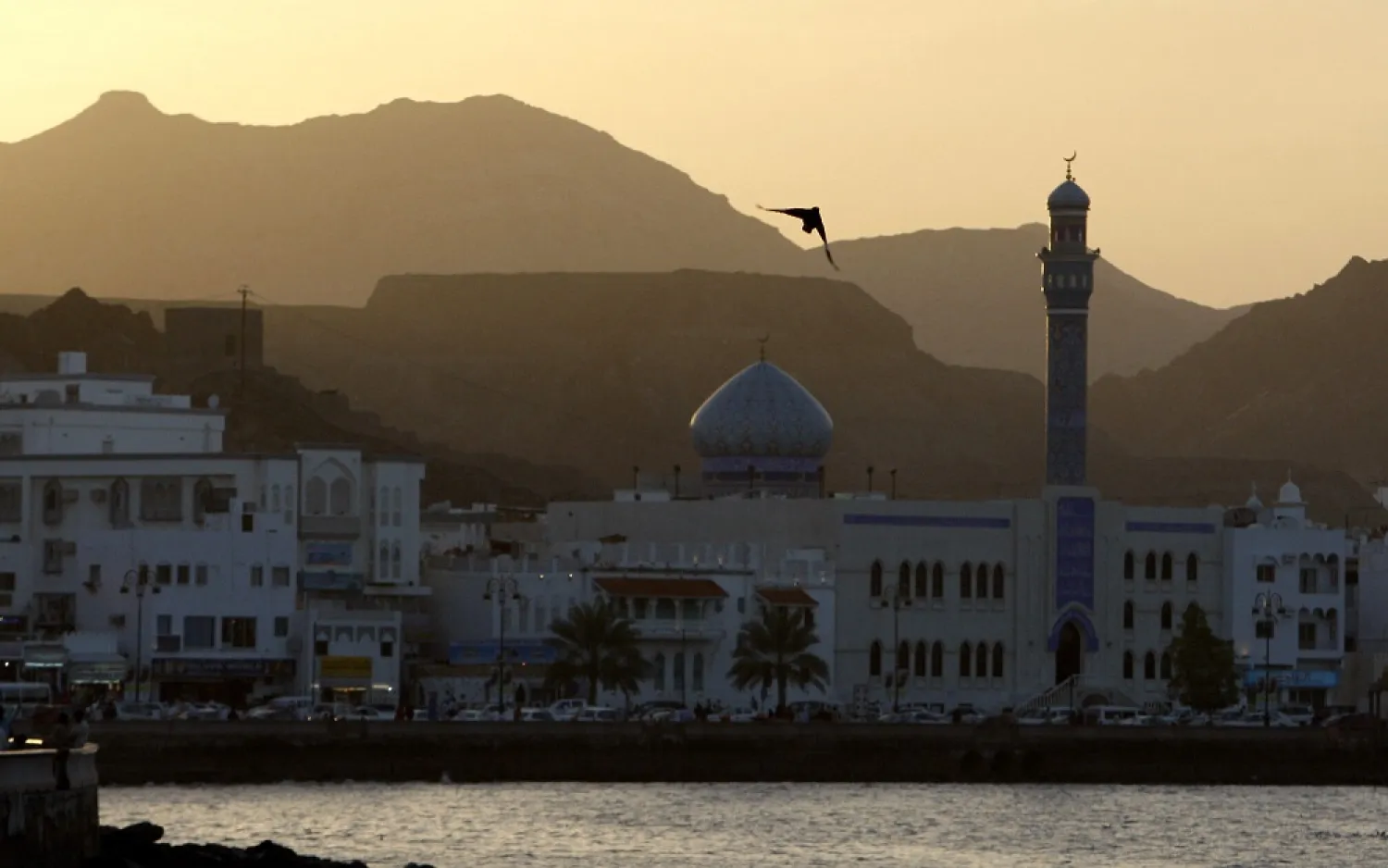Lebanese government bonds extended their three-month-long rally on Thursday as the crisis-ravaged country's parliament voted in a new head of state for the first time since 2022.
Lebanese lawmakers elected army chief Joseph Aoun as president. It came after the failure of 12 previous attempts to pick a president and boosts hopes that Lebanon might finally be able to start addressing its dire economic woes.
The country's battered bonds have almost trebled in value since September, when the regional conflict with Israel weakened Lebanese armed group Hezbollah, long viewed as an obstacle to overcoming its political paralysis.
According to Reuters, most of Lebanon's international bonds, which have been in default since 2020, rallied after Aoun's victory was announced to stand 1.3 to 1.7 cents higher on the day and at just over 16 cents on the dollar.
They have risen almost every day since late December, although they remain some of the lowest-priced government bonds in the world, reflecting the scale of Lebanon's difficulties.
With its economy and financial system still reeling from a collapse in 2019, Lebanon is in dire need of international support to rebuild from the conflict, which the World Bank estimates to have cost the country $8.5 billion.
Hasnain Malik, an analyst at financial research firm Tellimer said Aoun's victory was "the first necessary step on a very long road to recovery".
Malik said Aoun now needs to appoint a prime minister and assemble a cabinet that can retain the support of parliament, resuscitate long-delayed reforms and help Lebanon secure international financial support.
The 61-year old Aoun fell short of the required support in Thursday's first round of parliamentary voting and only succeeded in a second round, reportedly after a meeting with Hezbollah and Amal party MPs.
"That presents significant ongoing risk to any new PM and cabinet, which need to maintain the confidence of a majority of parliament," Malik said.







